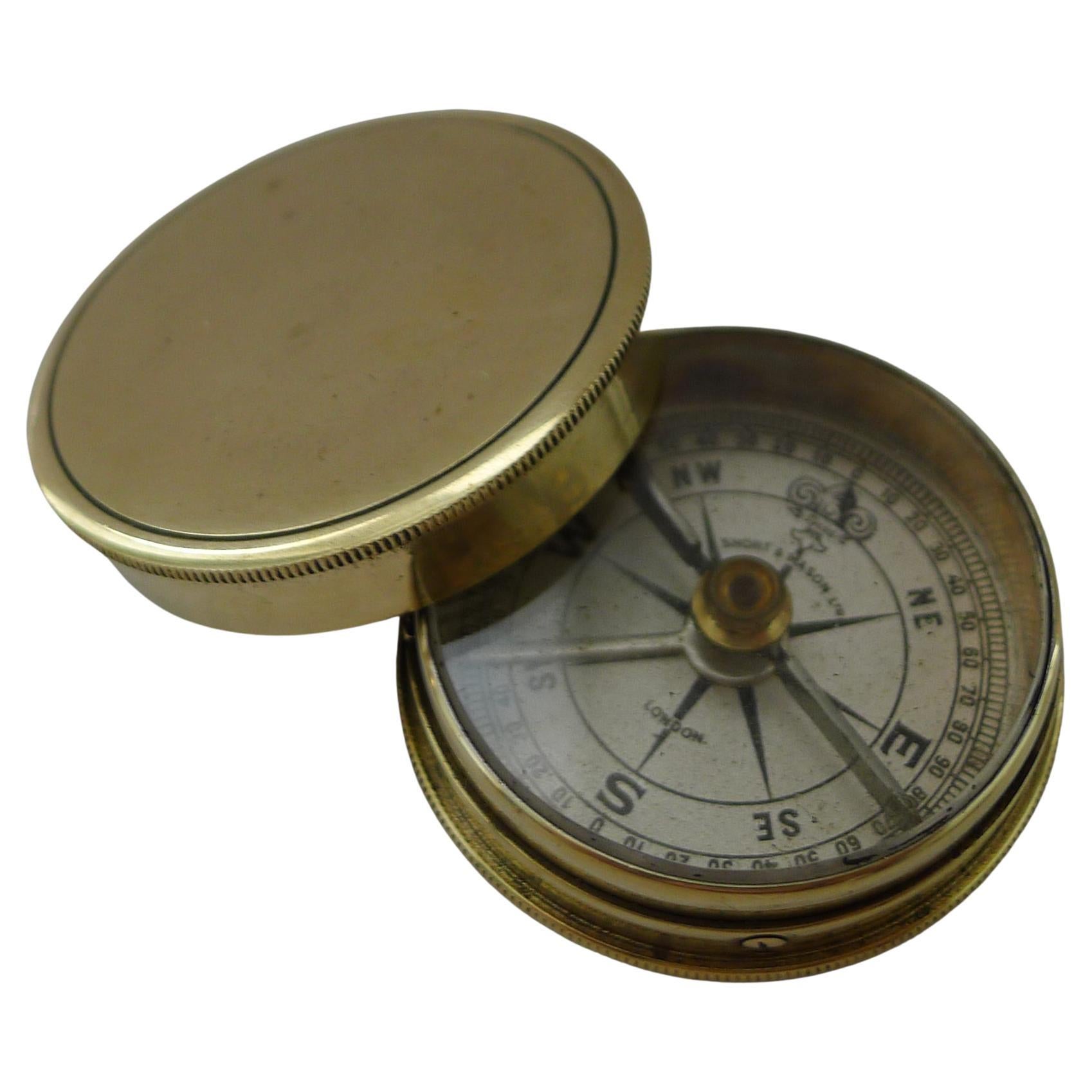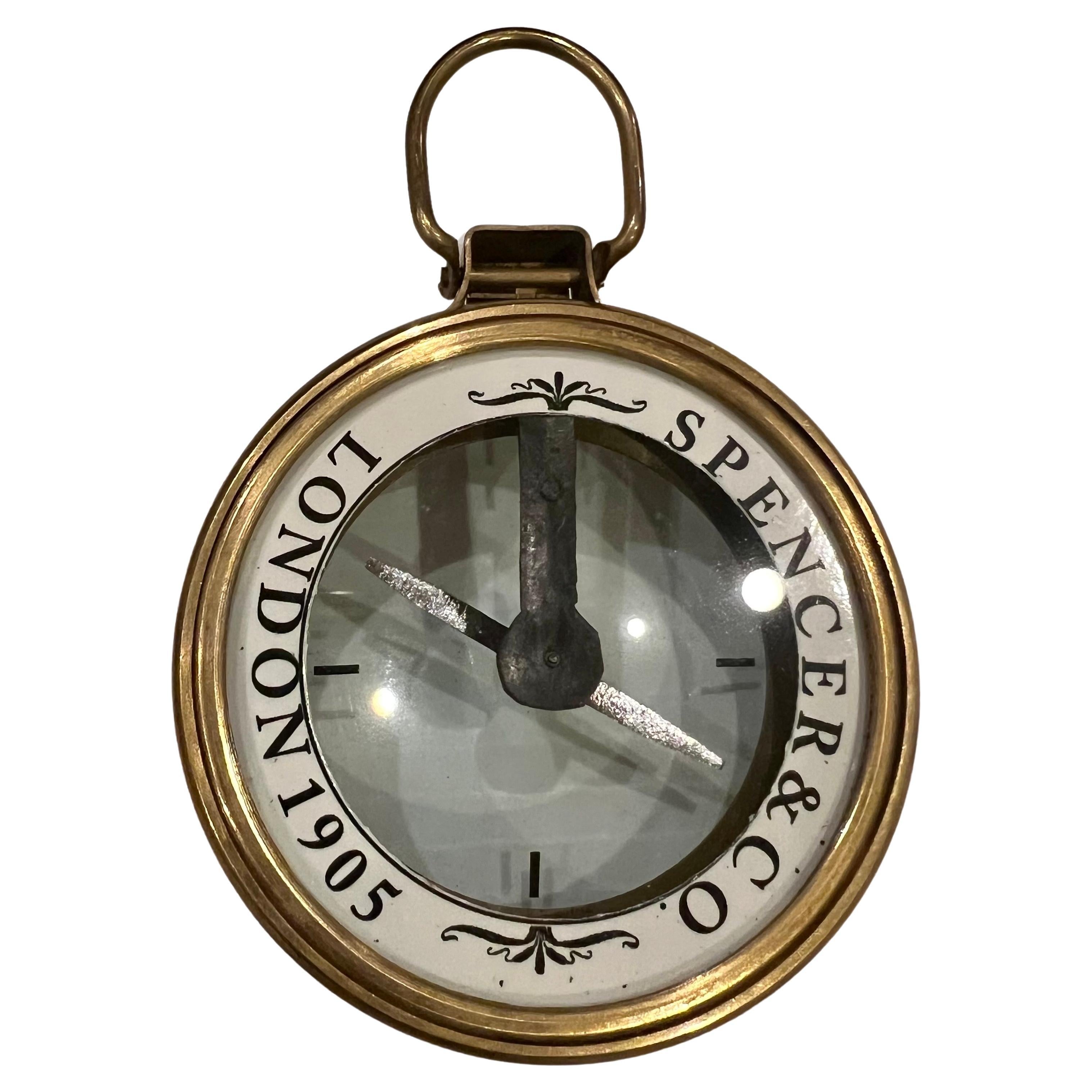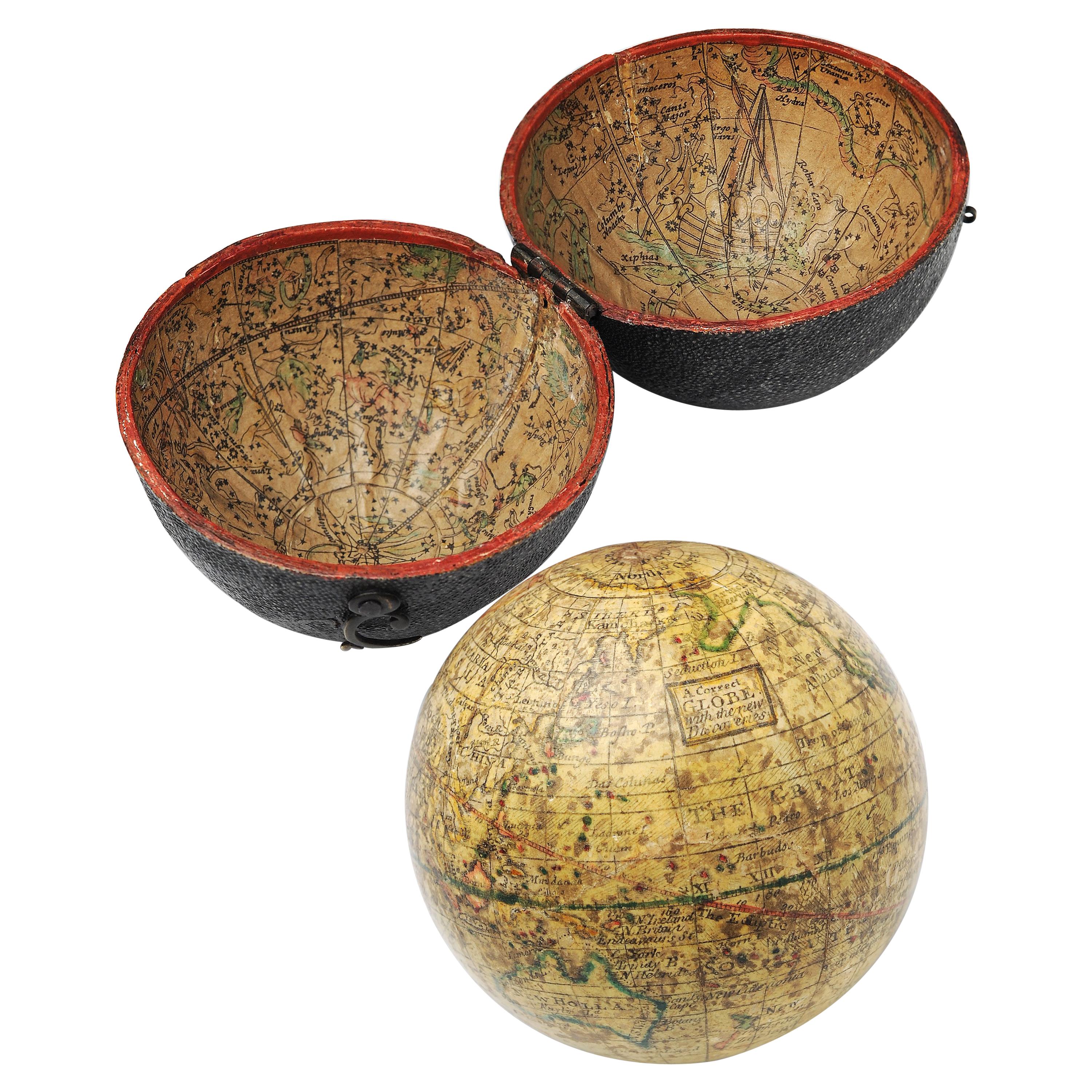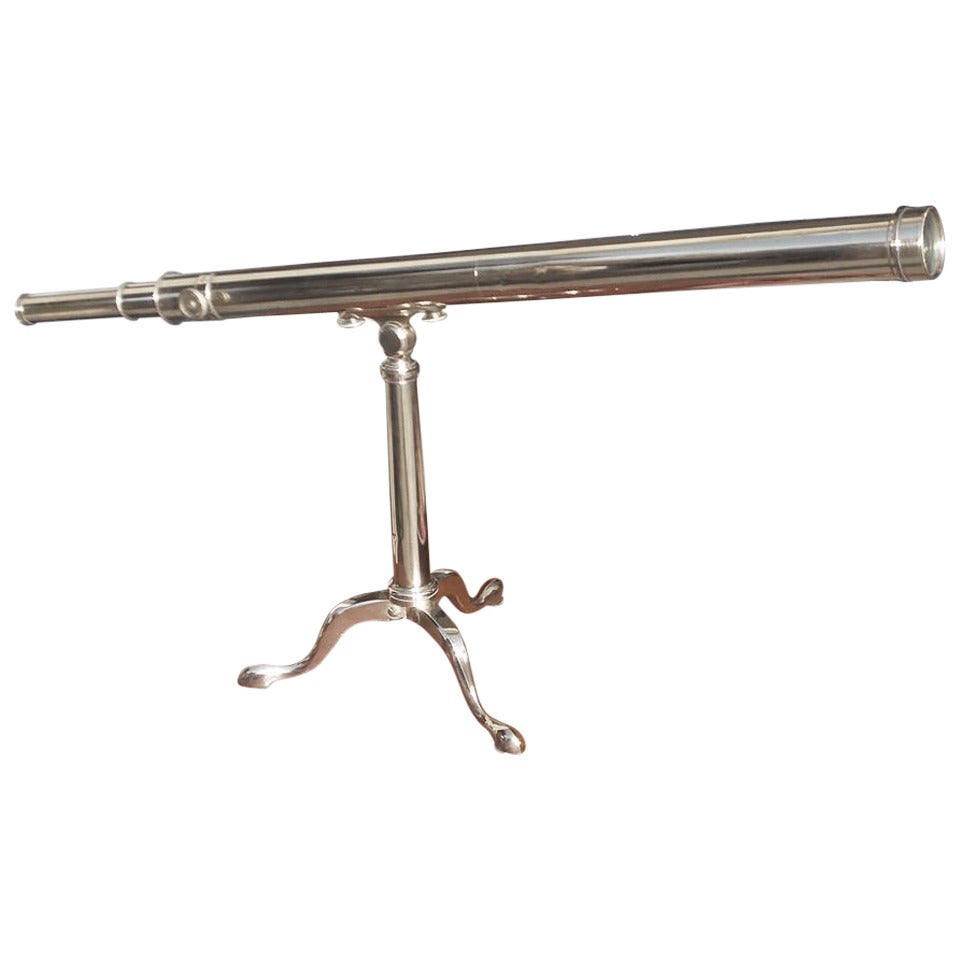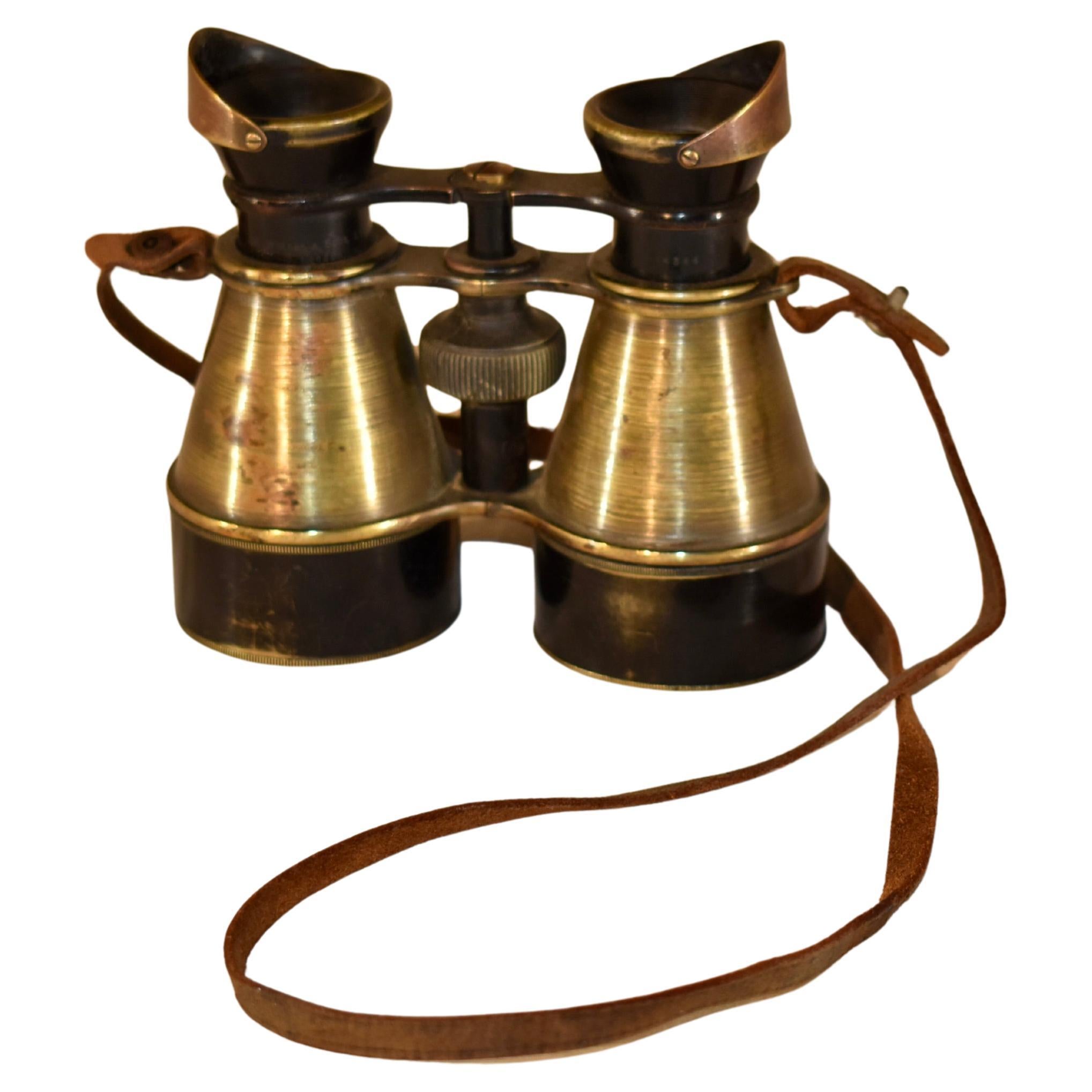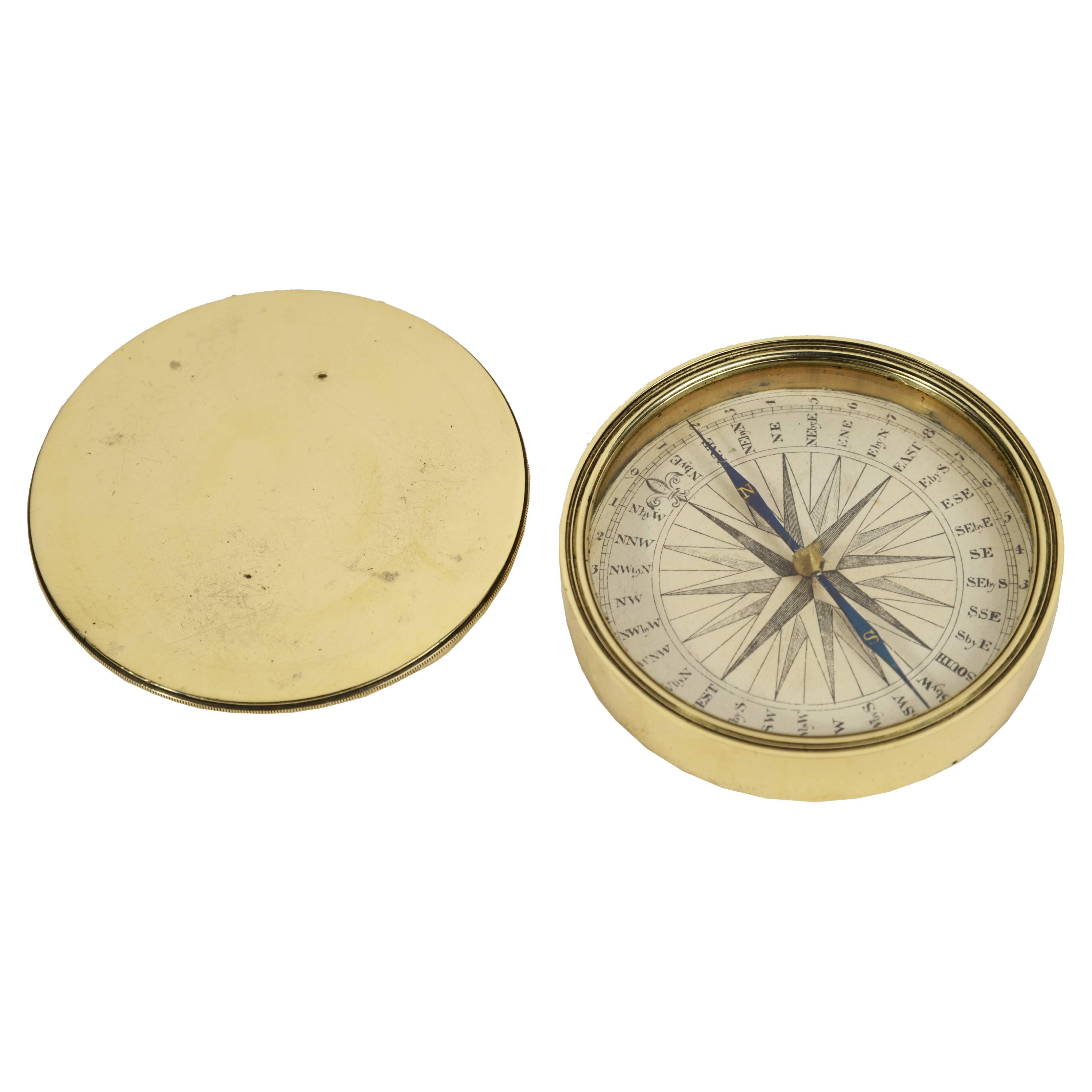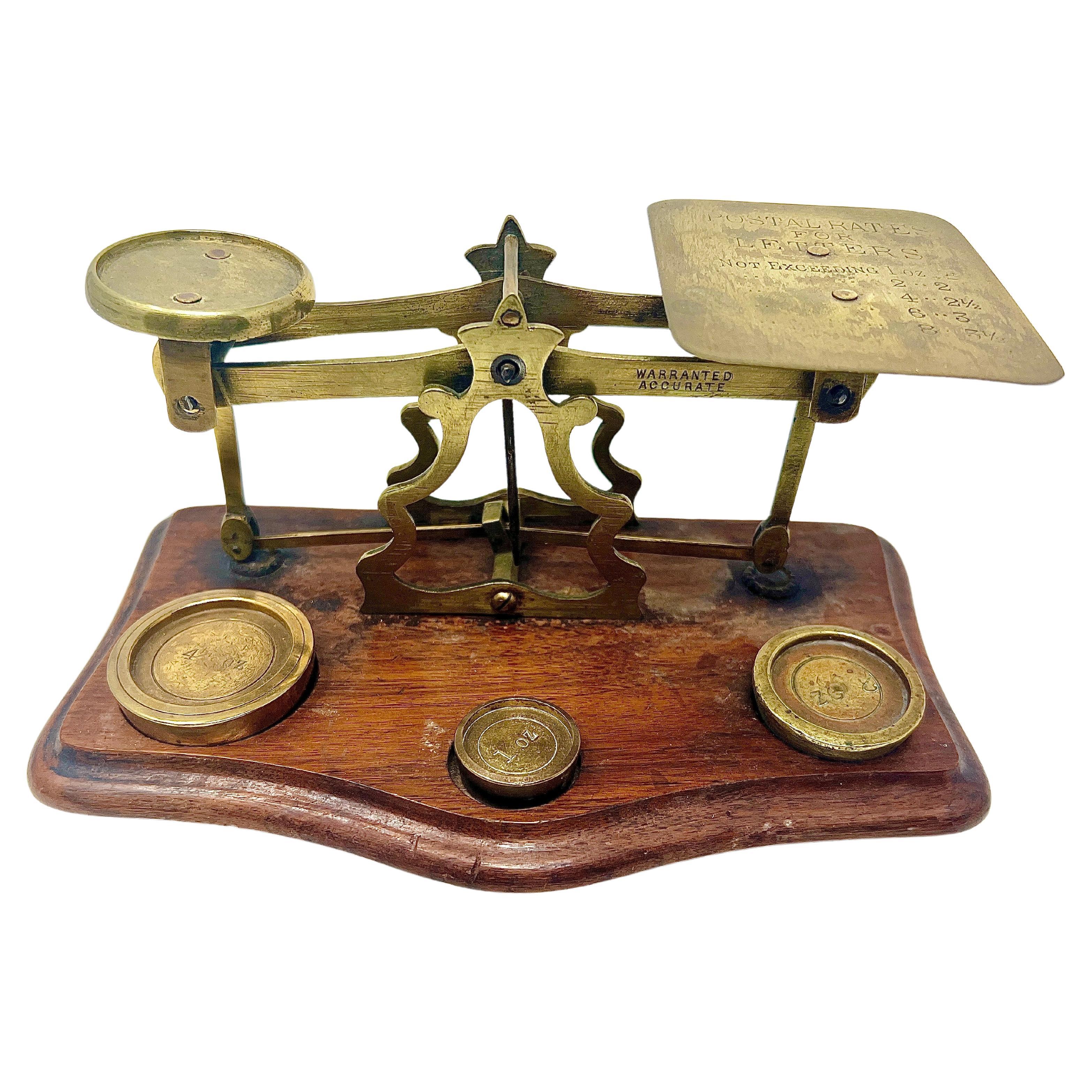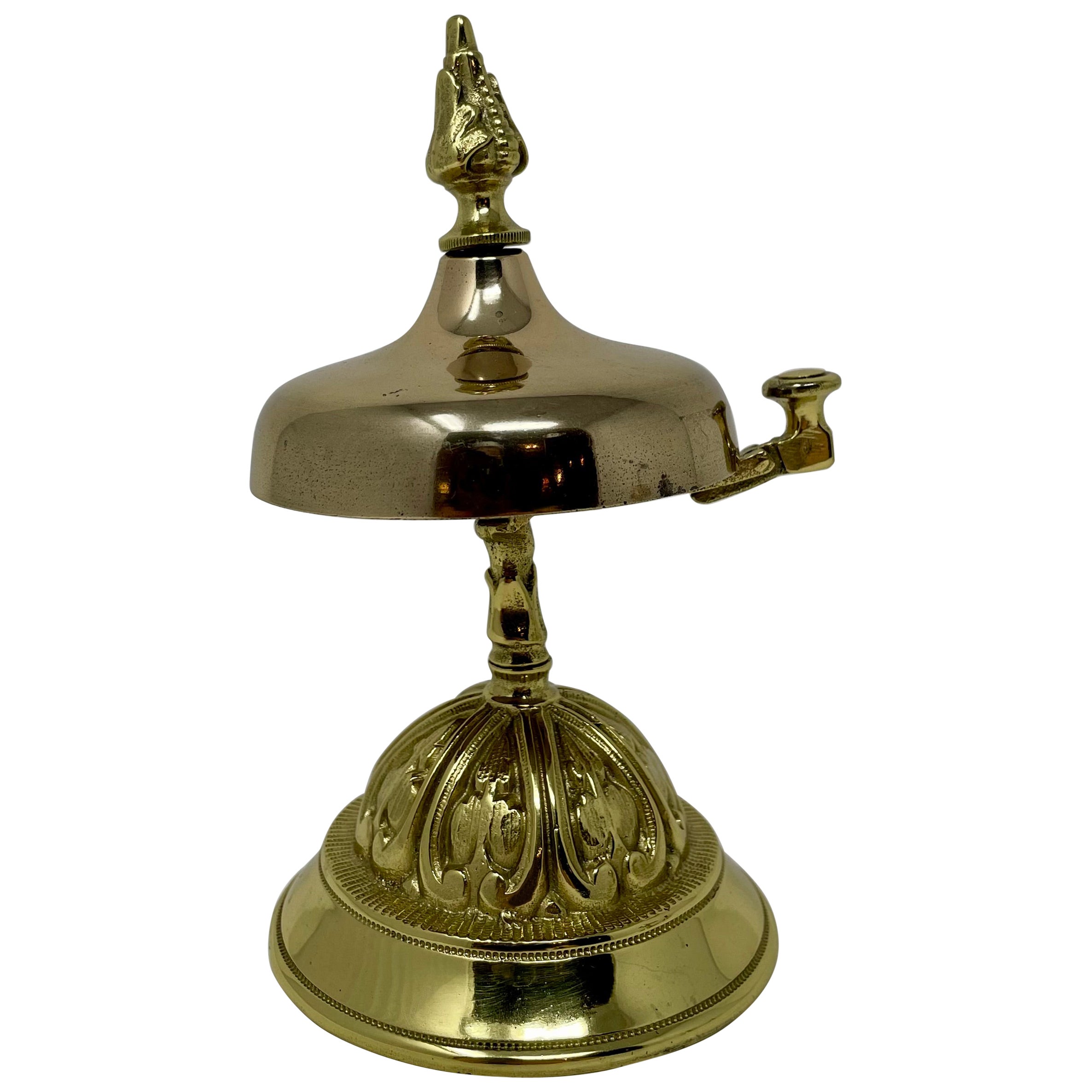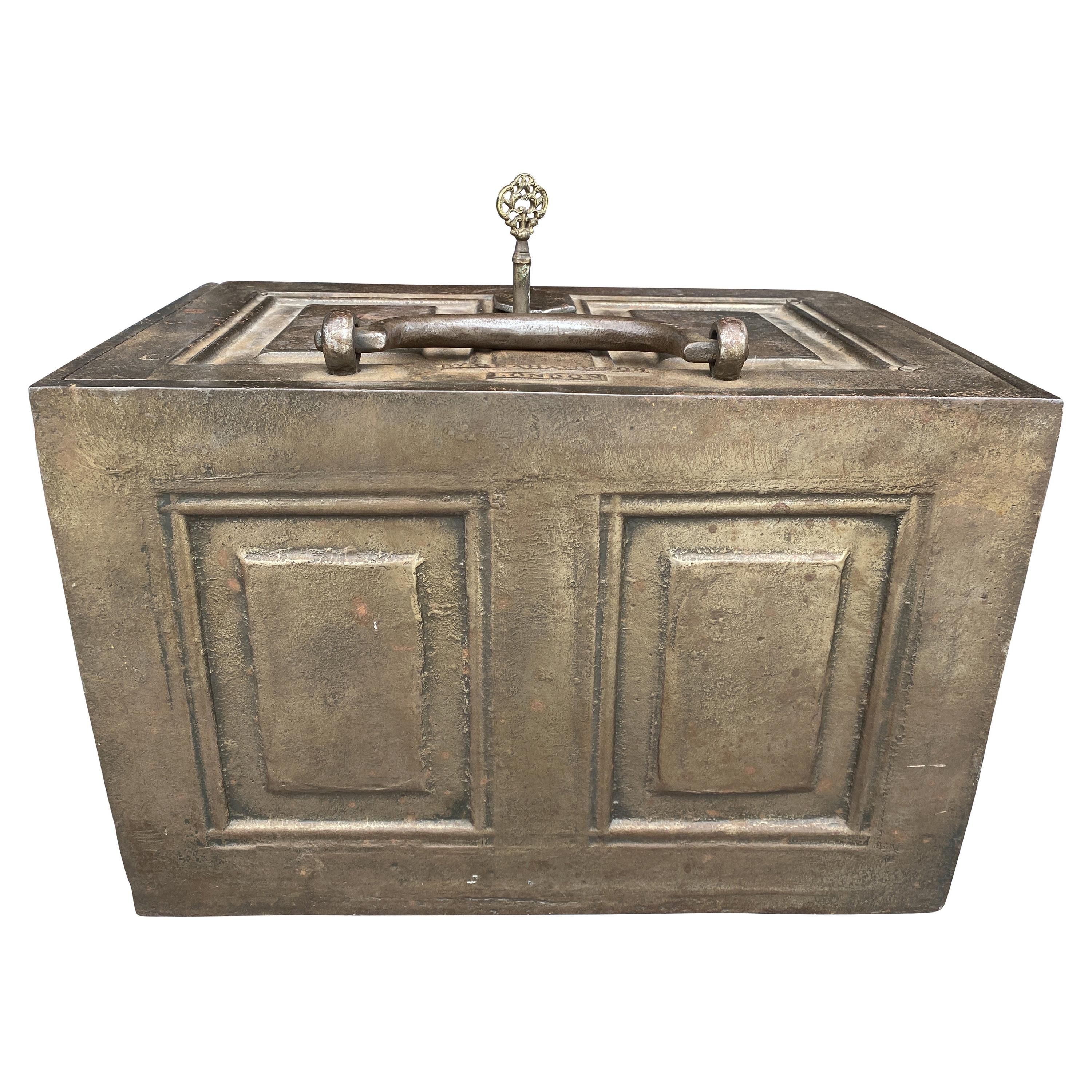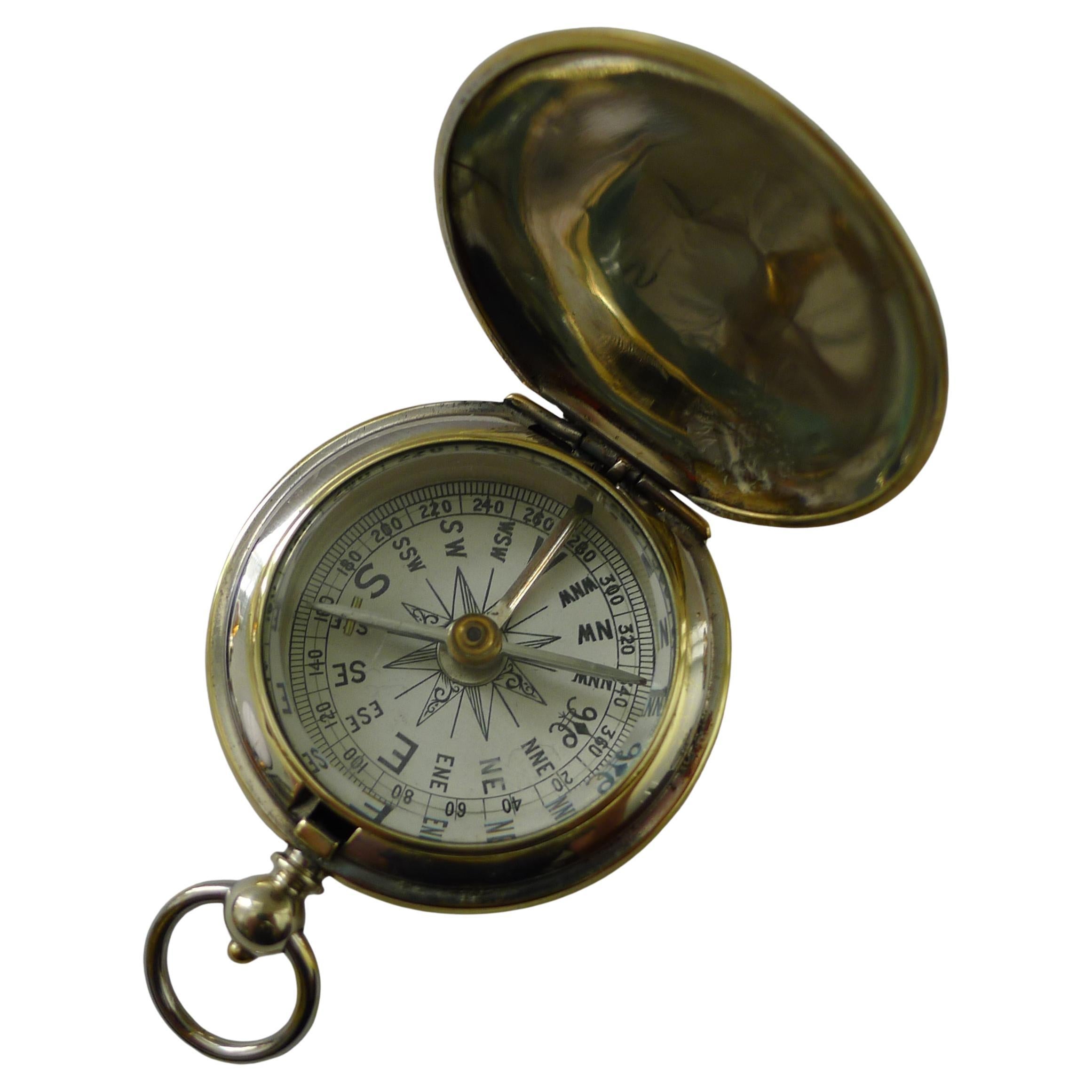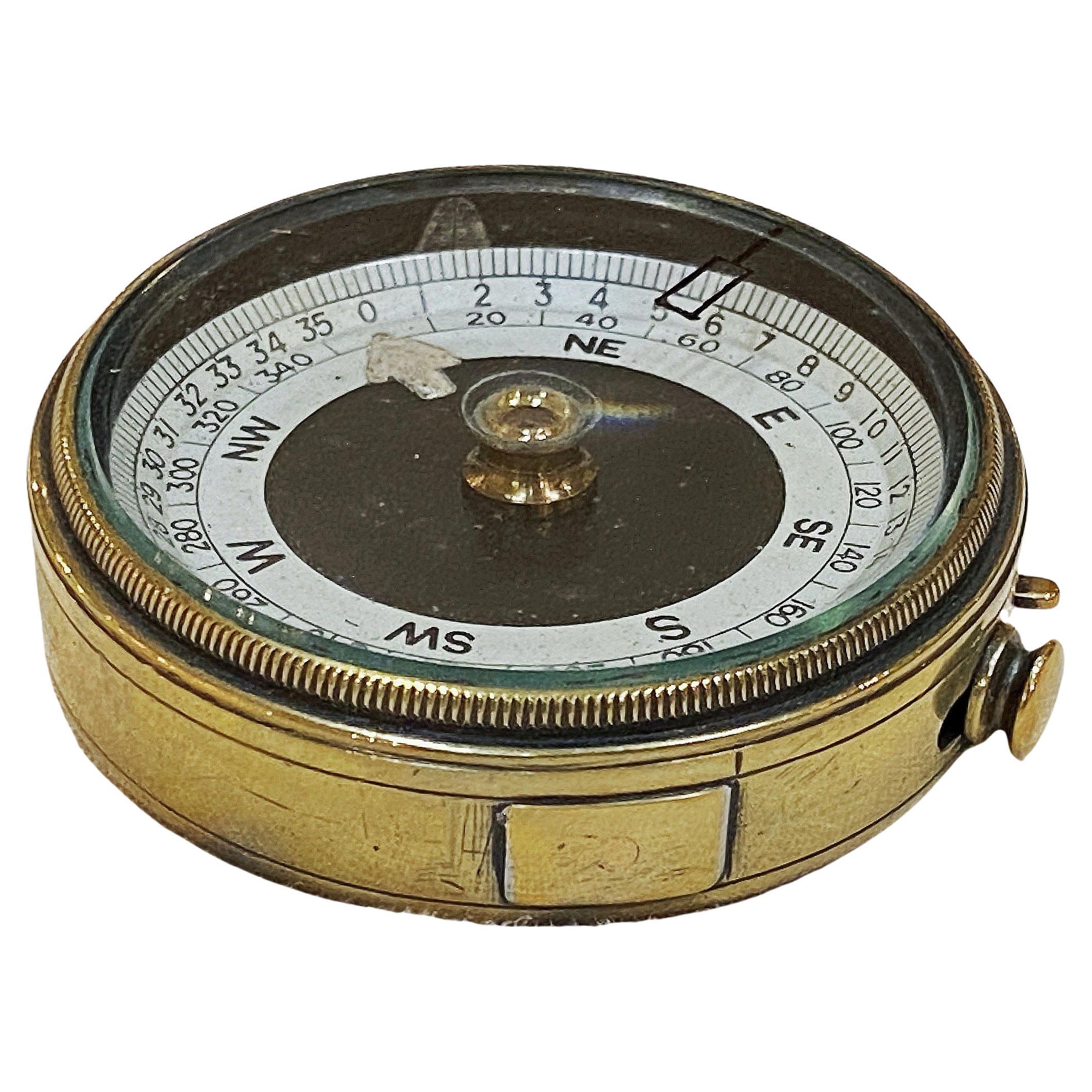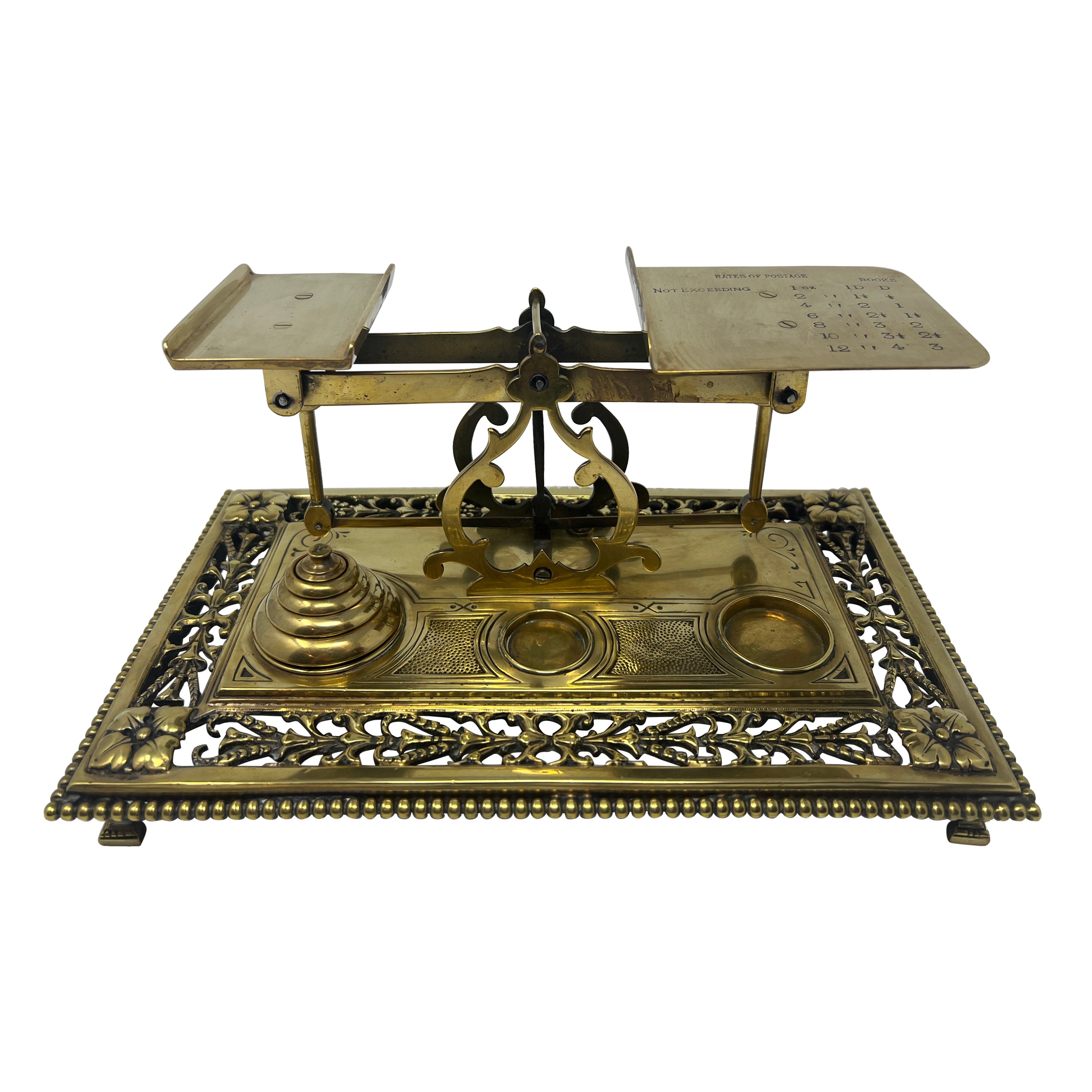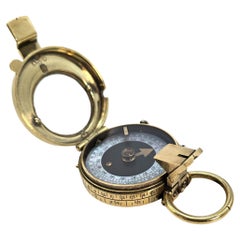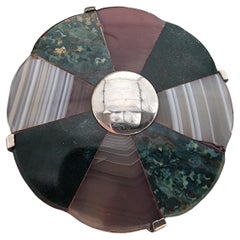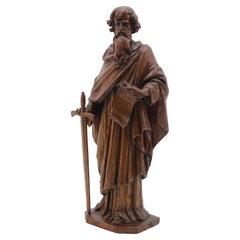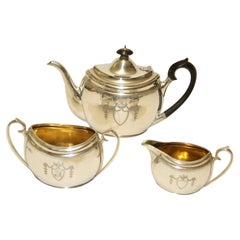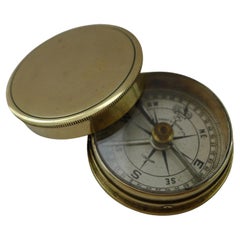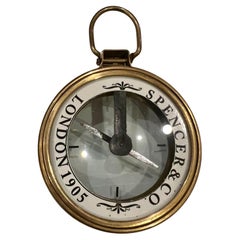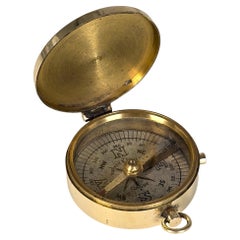
A brass pocket compass by Barker and Sons of London, English circa 1890
View Similar Items
Want more images or videos?
Request additional images or videos from the seller
1 of 9
A brass pocket compass by Barker and Sons of London, English circa 1890
Price:$406.32
$447.62List Price
About the Item
- Dimensions:Height: 0.6 in (1.5 cm)Width: 2.29 in (5.8 cm)Depth: 1.86 in (4.7 cm)
- Style:Victorian (Of the Period)
- Materials and Techniques:
- Place of Origin:
- Period:
- Date of Manufacture:1890
- Condition:Wear consistent with age and use.
- Seller Location:Central England, GB
- Reference Number:1stDibs: LU6434244114252
About the Seller
5.0
Gold Seller
Premium sellers maintaining a 4.3+ rating and 24-hour response times
Established in 1984
1stDibs seller since 2022
25 sales on 1stDibs
Typical response time: 1 hour
Authenticity Guarantee
In the unlikely event there’s an issue with an item’s authenticity, contact us within 1 year for a full refund. DetailsMoney-Back Guarantee
If your item is not as described, is damaged in transit, or does not arrive, contact us within 7 days for a full refund. Details24-Hour Cancellation
You have a 24-hour grace period in which to reconsider your purchase, with no questions asked.Vetted Professional Sellers
Our world-class sellers must adhere to strict standards for service and quality, maintaining the integrity of our listings.Price-Match Guarantee
If you find that a seller listed the same item for a lower price elsewhere, we’ll match it.Trusted Global Delivery
Our best-in-class carrier network provides specialized shipping options worldwide, including custom delivery.More From This Seller
View AllBrass compass with mother of pearl dial from WW1 period , English circa 1914
Located in Central England, GB
This superb example of an early 20th century heavy folding brass compass is of a design and type often issued to officers in the First World War.
This fine example is not marked for...
Category
Early 20th Century British Other Scientific Instruments
Materials
Brass
A Victorian Scottish silver and agate specimen brooch circa 1890
Located in Central England, GB
This beautiful piece of Scottish late 19th century jewellery has been made in a Celtic style from unmarked silver which has been tested.
It is in the form of a shaped circular shiel...
Category
Antique Late 19th Century Scottish Victorian Collectible Jewelry
Materials
Agate, Silver
19th Century Carved Oak Study of St. Paul the Apostle, English, circa 1860
Located in Central England, GB
This remarkable and very finely carved study of the biblical figure of St Paul, The Apostle who was originally Saul of Tarsus born BCE. Tarsus in Cilicia (now in Turkey). He died circa 62 – 64 CE in Rome, Italy. He was one of the leaders of the first generation Christians and was often considered to be the most important person after Jesus in the history of Christianity. This highly accomplished wood carving is a difficult material for detailing English oak. It shows him standing barefoot and dressed in simple robes with a sword in one hand and a scroll in the other. His face has been well captured with a good expression, detailed hair and a long beard. The small scale of this figure would indicate it was not originally church decoration...
Category
Antique 1860s English Victorian Figurative Sculptures
Materials
Oak
English Silver Tea Set by Edward Barnard and Sons, London, 1904 -5
Located in Central England, GB
Exceptional silver tea set by Edward Barnard and Sons
This superbly elegant and well designed three piece tea set was hallmarked in London 1...
Category
Antique Early 1900s British Edwardian Tea Sets
Materials
Silver
Model gypsies caravan, handmade and painted, folk art, English circa 1900
Located in Central England, GB
This superb and ultra rare early folk art scale model of a gypsy or traveller’s caravan is over one hundred years old. It has been beautifully hand made and finely painted. It has gl...
Category
Early 20th Century English Folk Art Models and Miniatures
Materials
Wrought Iron
Antique 18th century style pair of desk cannon English circa 1920
Located in Central England, GB
This superb pair of model desk cannons has been beautifully handmade in mahogany with nailed brass fittings and heavy cast bronze barrels. The attention to...
Category
Early 20th Century British Louis Philippe Models and Miniatures
Materials
Brass, Bronze
You May Also Like
Fine Brass Cased Pocket Compass by Short & Mason Ltd., London c.1910
By Short & Mason
Located in Bath, GB
A very fine English brass cased compass, professionally cleaned and polished restoring it to it's former glory. The face signed Short & Mason / London together with the brand name "...
Category
Vintage 1910s British Edwardian Scientific Instruments
Materials
Brass
Antique English Brass & Glass Elegant Compass by Spencer & Co London
By Spencer & Company
Located in San Diego, CA
Beautiful elegant compass circa 1970's in solid brass with glass bt spencer & Co.
Category
20th Century English Hollywood Regency Aviation Objects
Materials
Brass
English Pocket Globe, London, Circa 1775-1798
By Herman Moll
Located in Milano, IT
Pocket globe
London, between 1775 and 1798
Re-edition of the globe of Hermann Moll (1678-1732) dated 1719
The globe is contained in its original case, which itself is covered in shark skin.
There are slight gaps in the original paint on the sphere. The case no longer closes.
The sphere measures 2.7 in (7 cm) in diameter whereas the case measures 2.9 in (7.4 cm) in diameter.
lb 0.22 (kg 0.1)
The globe is made up of twelve printed paper gores aligned and glued to the sphere.
In the North Pacific Ocean there is a cartouche with the inscription:
A Correct
Globe
with the new
Discoveries.
The celestial globe is depicted on the inside of the box and is divided into two hemispheres with the cartouche:
A correct globe
with ye new cons
relations of Dr.
Halley & c.
It shows the ecliptic divided into the days of the zodiacal calendar and the constellations represented as animals and mythological figures.
On the globe are delineated the equinoctial line, divided by degrees and hours, the ecliptic and the meridian (passing west of Greenwich). The continents are shaded and outlined in pink, green and yellow. It shows: the Cook routes; a wind rose in the Southern Indian Ocean; Antarctica without land; Africa with Negroland (Hermann Moll is considered the first geographer to name the West African region in his 1727 map. (Encyclopaedia Britannica, ed. 1902, under "States of Central Africa"); Tartary in Central Asia; the Mogul kingdom in northern India; in North America only New England, Virginia, Carolina, Florida, Mississippi are identified; California is already a peninsula; the northwest coast of America is "unknown parts" (Alaska is not described and it is only partially delineated, it was to become part of the United States in 1867); Mexico is named "Spain"; Central South America "Amazone America". Australia (which was to be so named after 1829) is called New Holland. The route of Admiral Anson is traced (1740) and the trade winds are indicated by arrows. (See Van der Krogt, P., Old Globes in the Netherlands, Utrecht 1984, p. 146 and Van der Krogt, P. - Dekker, E., Globes from the Western World, London 1993, pp. 115.)
Elly Dekker, comparing Moll’s 1719 globe and his re-edition (of which the one described above is a sample), identifies the differences between them: the two editions are quite similar to each other, but in the "anonymous" globe, compared to the previous globe of 1719, California looks like a proper peninsula - the reports of the Spanish explorers of the region had given rise to uncertainty over whether it was connected to the mainland or not. The geographical nature of California was confirmed after the explorations of Juan Bautista de Anza (1774-1776). The routes of Dampier's journey were partially erased and the route of Captain James Cook's first voyage was superimposed on them, and the geography of Australasia was adapted accordingly, including the denomination of the Cook Strait. See Dekker, Elly, Globes at Greenwich, 1999.
An important ante quem element is represented by Tasmania: it is not separated from Australia by the Bass Strait...
Category
Antique Late 18th Century English George III Globes
Materials
Shagreen, Paper
English Brass Telescope on Tripod Stand signed Dollond, London Circa 1890
Located in Charleston, SC
English brass telescope on tripod stand with slipper feet. Telescope has the original carrying case with lens covers. Late 19th Century
Category
Antique 19th Century British Scientific Instruments
Pair of Brass Field Binoculars by W. Watson &. Sons of London
Located in High Point, NC
Pair of wonderfully aged brass field binoculars with moveable brass eye shields, which help to give clearer views without additional light coming through the sides. This pair of bin...
Category
Vintage 1910s English Scientific Instruments
Materials
Brass
Traveler's pocket compass, Victorian-era turned brass
Located in Milan, IT
Traveler's pocket compass, Victorian-era turned brass, late 19th century England, rose on sixteen-twenty copperplate engraving paper complete with goniometric circle.
Conservation s...
Category
Antique 1890s Scientific Instruments
Materials
Brass
Recently Viewed
View AllMore Ways To Browse
Antique Silver Compass
Gauge Antique Scientific Instruments Gauge Scientific Instruments
Antique Magnetic Compass
Pocket Brass Compass
Brain Model
Compass Sundial
German Binoculars
Lorgnette Opera Glasses
Opera Glasses Lorgnette
Pressure Gauge
Wheel Barometer
Antique Brass Microscope Scientific Instruments
Antique Field Camera
Antique Lorgnette Folding Glasses
Antique Pomanders
Apothecary Balance
Barograph And Barometer
Black Forest Thermometer
